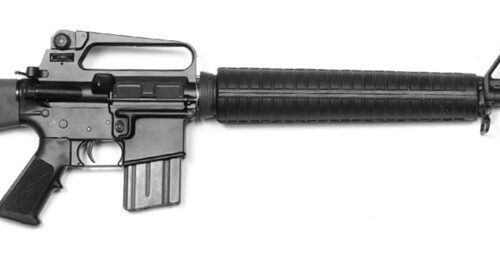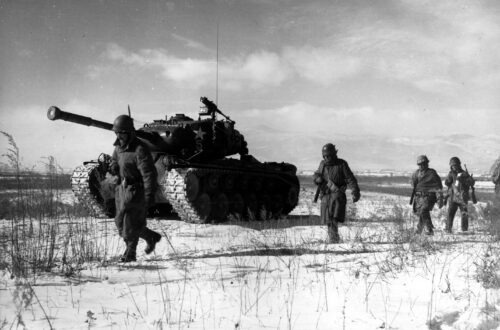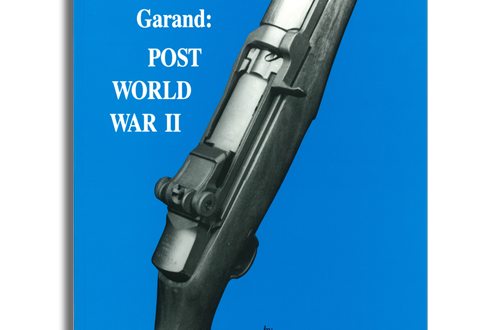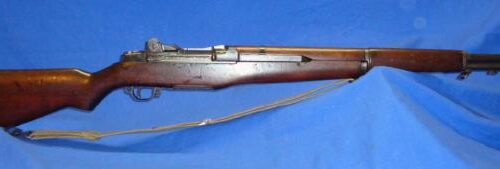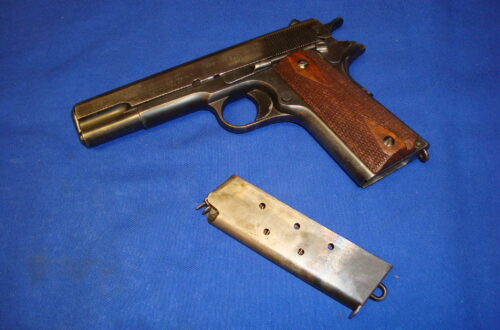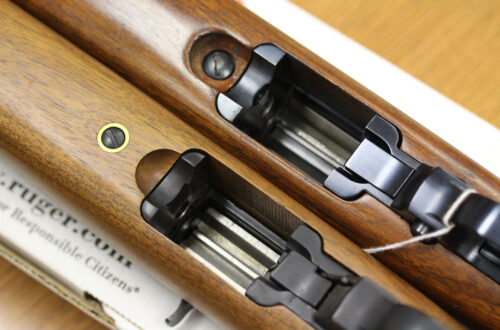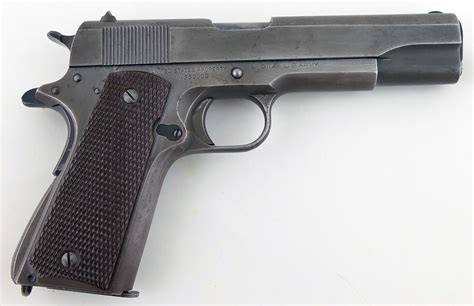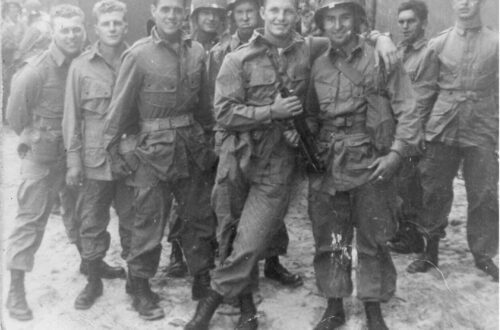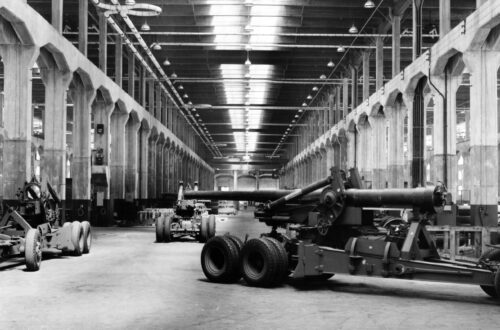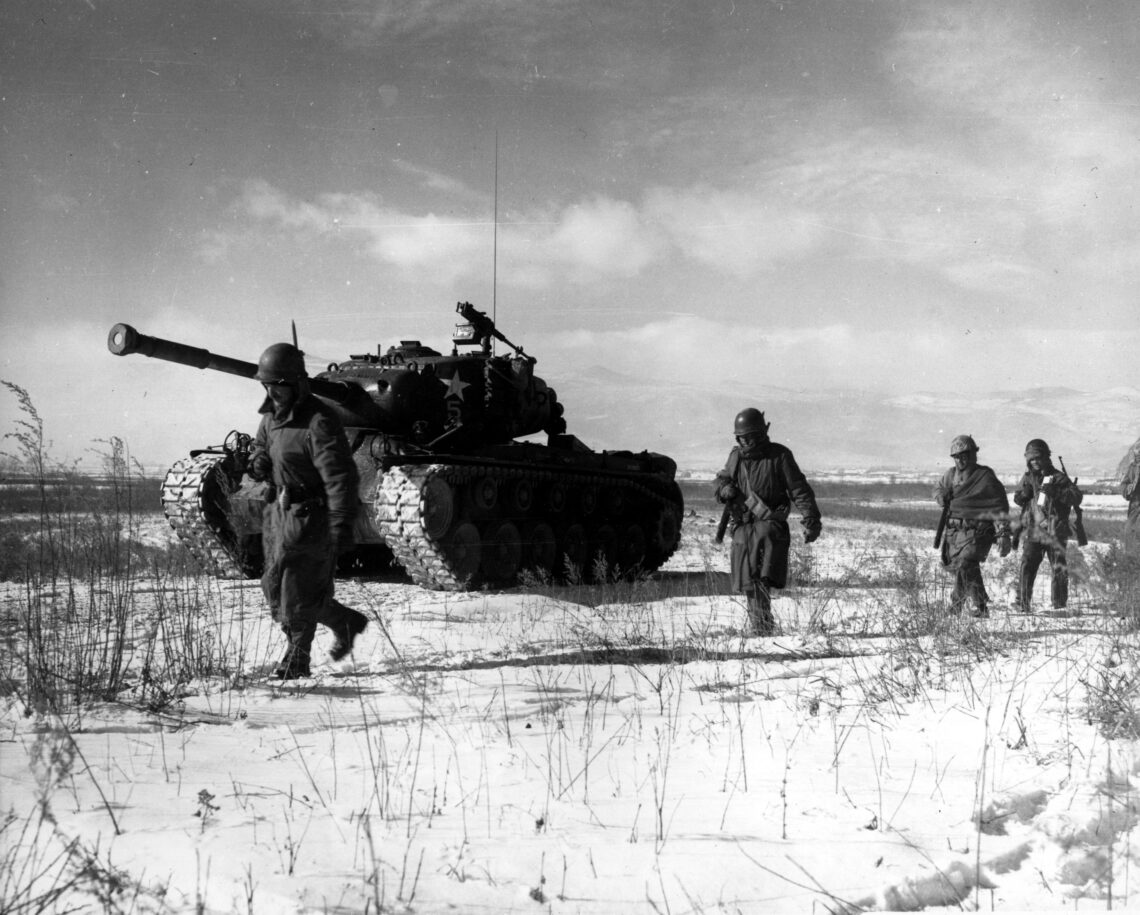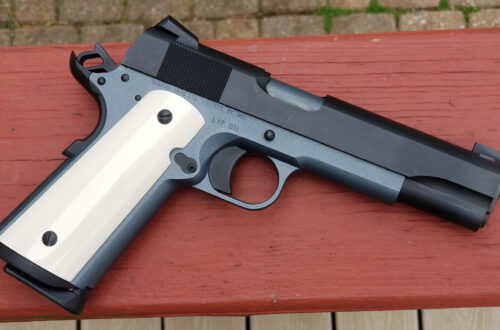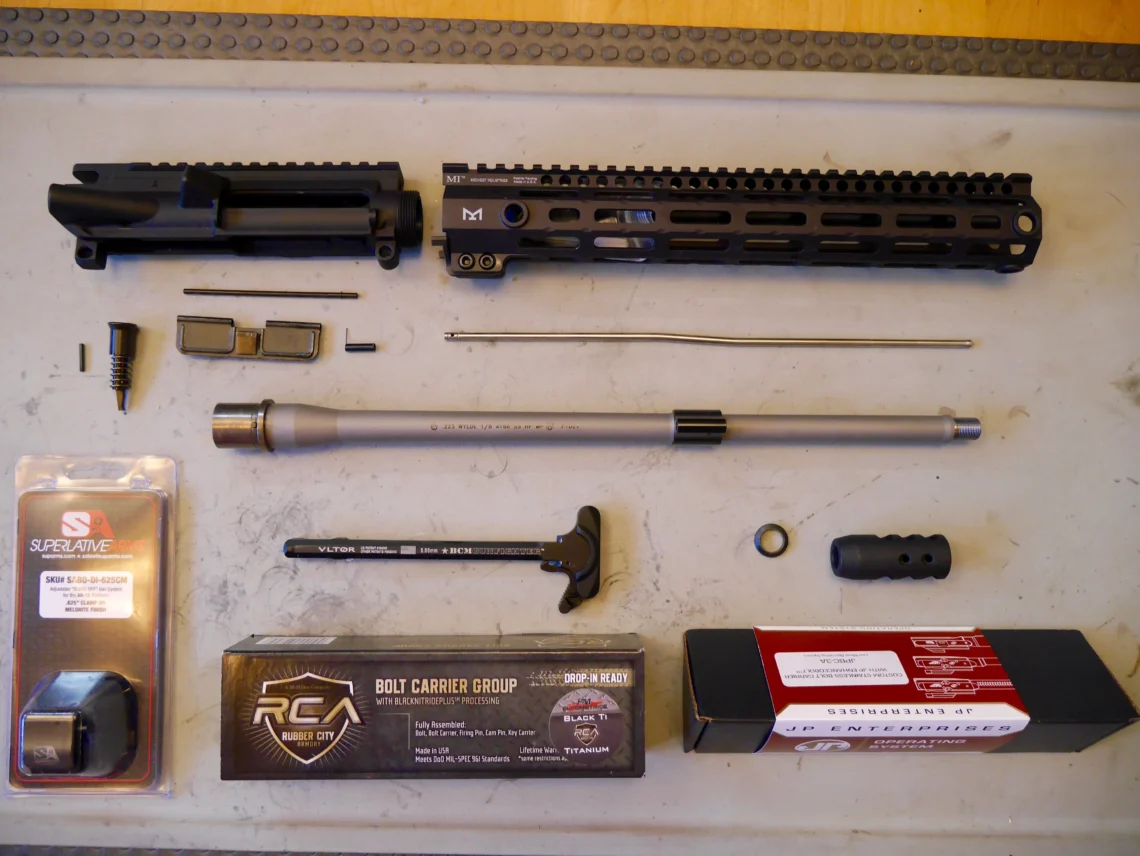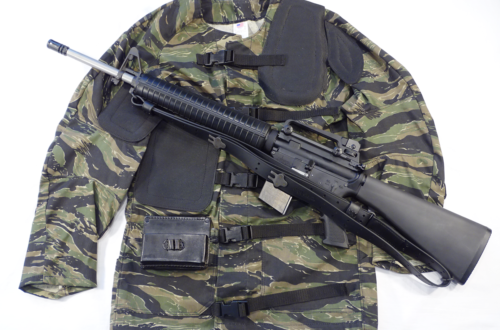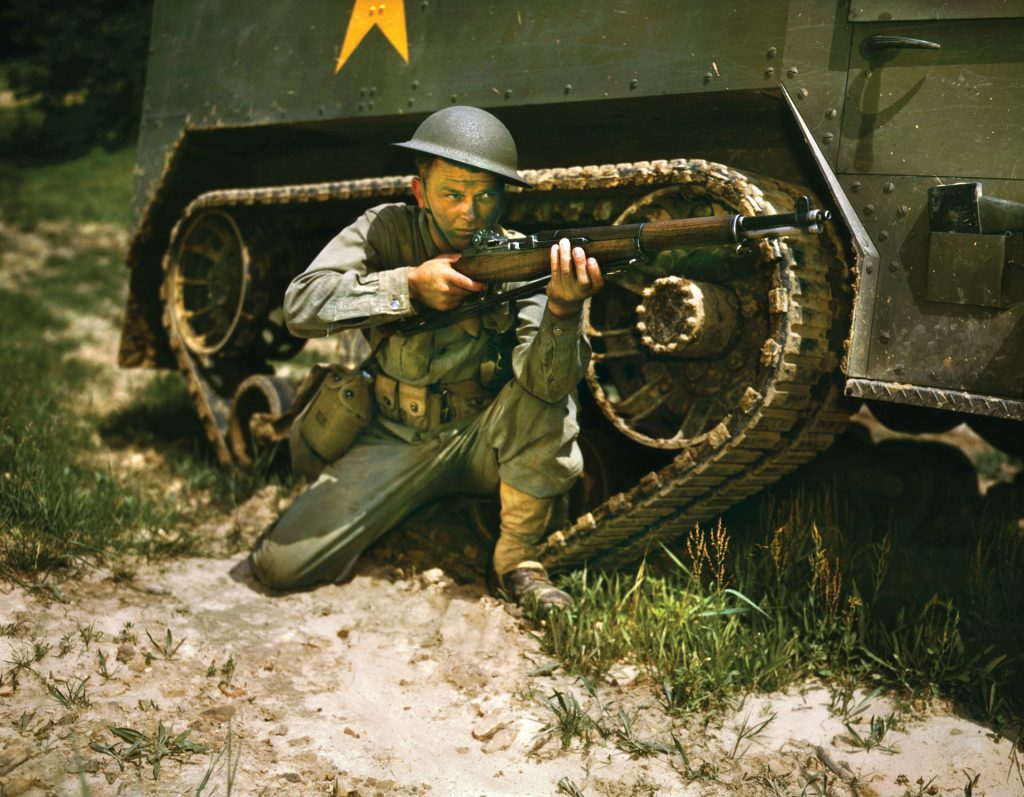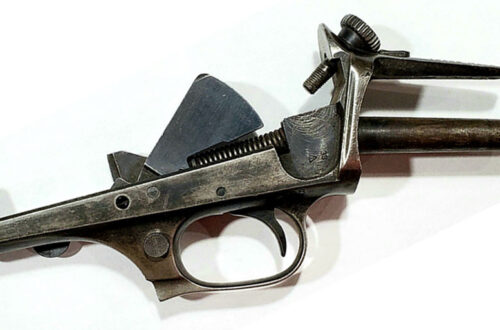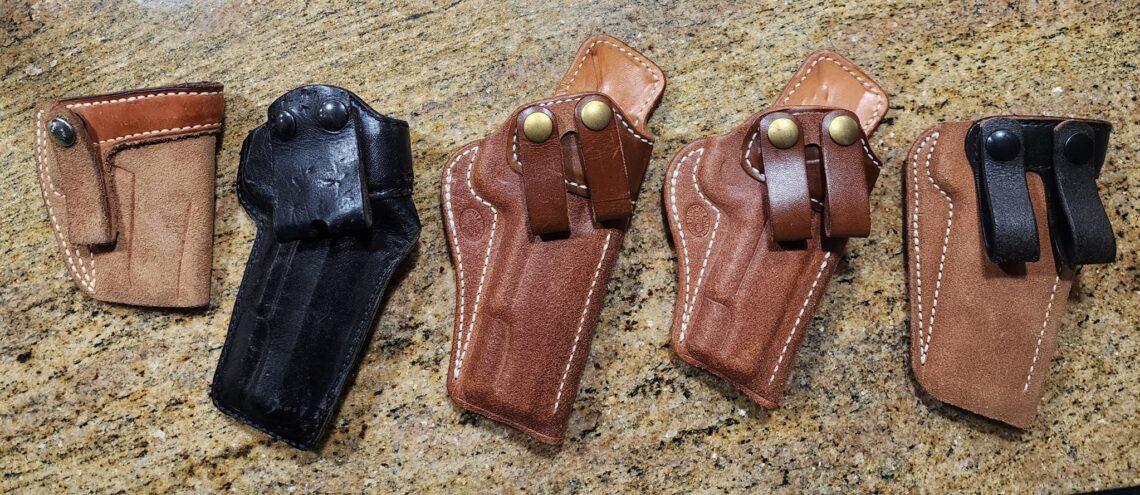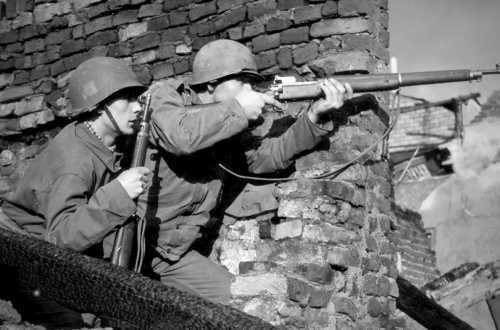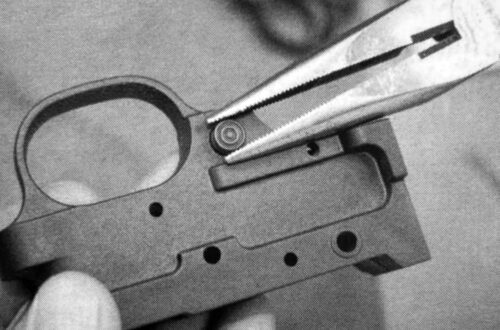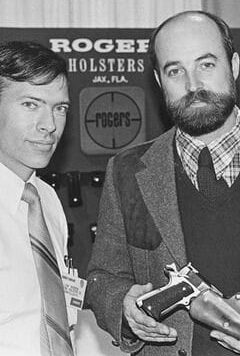Shop
-
The Enduring Meaning of Gun Ownership: Lessons from the M1 Garand
In today’s climate of rapid headlines and polarized debate, it is easy to lose sight of what responsible gun ownership has meant — and continues to mean — to generations of Americans. The subject is often framed in extremes, but history offers a steadier compass. To understand the true place of firearms in American life, one need only look back to a rifle that defined both a generation and a principle: the M1 Garand. When the U.S. Army adopted John C. Garand’s semi-automatic rifle in 1936, it was more than a technological milestone. It represented the belief that ordinary citizens, when properly trained and disciplined, could master complex tools in…
-
The M1 Garand: A Landmark in American Firearm History
Few firearms in modern history have exerted as profound an influence on the course of military small arms development as the M1 Garand. Designed by John Cantius Garand, a Canadian-born engineer employed at the United States Armory in Springfield, Massachusetts, the rifle represented a decisive shift in infantry armament. Officially adopted by the U.S. Army on January 9, 1936 as the “U.S. Rifle, Caliber .30, M1,” it was the first semi-automatic rifle to be issued as standard equipment to any major military power. The Garand replaced the venerable M1903 Springfield, a bolt-action weapon that, though accurate, could not match the M1’s speed of fire or mechanical efficiency. At a time…
-
Back in Print and Better Than Ever
THE US KNIFE BAYONETS & SCABBARDS – A Collector’s Guide As a longtime collector of U.S. military edged weapons, I can confidently say that Gary M. Cunningham’s U.S. Knife Bayonets & Scabbards is one of the most important and comprehensive guides available—and I’m thrilled it’s finally back in print. For years, original copies of this book have commanded steep prices on the secondary market, and for good reason: it’s a cornerstone reference that many serious collectors have relied on for decades. Content That Sets the Standard This book doesn’t just list bayonets—it documents them exhaustively, covering virtually every variation of U.S. knife bayonet from WWI through modern production, including: M1905,…
-
Timeless Power: The M1911 Featured in M1911 Owner’s Guide
Few handguns have left an enduring legacy like the legendary Colt M1911. Featured prominently in Scott Duff’s M1911 Owner’s Guide, this semi-automatic .45‑caliber pistol stands as a cornerstone of firearm history and culture. A Breakthrough in Firepower Developed by the genius of John Moses Browning and adopted by the U.S. Army in March 1911, the M1911 revolutionized sidearm design. Its powerful .45 ACP round and short recoil, single-action mechanism delivered a new standard of stopping power and battlefield performance. Its 7–8 round magazine vastly outpaced the revolvers it replaced. Proven Through Global Conflicts From World War I to Vietnam, the M1911 served as the trusted sidearm of U.S. forces. Sgt.…
-
The M1 Garand: America’s Semiautomatic Legacy
Few firearms have earned the reverence, battlefield credibility, and lasting legacy that the M1 Garand commands. Heralded by General George S. Patton as “the greatest battle implement ever devised,” the M1 Garand played a defining role in securing Allied victory during World War II and continued to serve into the mid-20th century across multiple global conflicts. Its innovative design, rugged reliability, and ease of use changed the face of infantry combat—and helped shape America’s military dominance. Development and Design: Innovation Ahead of Its Time Prior to the M1 Garand, the standard issue rifle for U.S. forces was the bolt-action M1903 Springfield—a highly accurate rifle, but slow to operate in combat…
-
The Benefits of Learning to Maintain and Assemble Your Own AR-15
The AR-15 is one of the most popular firearms in the United States, prized for its versatility, accuracy, and modularity. Whether you use an AR-15 for hunting, home defense, competition shooting, or recreation, understanding how to maintain and assemble it properly is essential. Learning to disassemble, clean, and reassemble your AR-15 not only helps extend its lifespan and reliability, but also allows you to customize it to your exact preferences. If you own or plan to build an AR-15, investing in the right knowledge and tools is just as important as selecting quality parts. Why Learn More About Your AR-15? Ensure Reliability and Longevity A well-maintained AR-15 functions more reliably…
-
The M1 Garand: The Greatest Battle Implement Ever Devised
Few rifles in history carry the same legendary status as the M1 Garand. Dubbed by General George S. Patton as the “greatest battle implement ever devised,” the M1 Garand was the standard-issue service rifle for the U.S. military during World War II and the Korean War. Its semi-automatic action and robust design gave American soldiers a significant advantage over enemies still relying on bolt-action rifles. Today, the M1 Garand remains a highly sought-after rifle for collectors, competitive shooters, and history enthusiasts alike. A Game-Changer on the Battlefield When the M1 Garand was adopted in 1936, it became the world’s first standard-issue semi-automatic military rifle. Unlike the bolt-action rifles of the…
-
The Ruger 10/22 Complete Owner’s and Assembly Guide
The Ruger 10/22 Complete Owner’s and Assembly Guide – How to select, configure, operate, maintain and upgrade your own Ruger 10/22 by Walt Kuleck. WHY A Ruger 10/22 COMPLETE OWNER’S and ASSEMBLY GUIDE? This book is the latest volume in the Scott A. Duff Publications’ Guide series. The Ruger 10/22 Complete Owner’s and Assembly Guide is like the other Guides; its purpose is to give the new 10/22 owner a head start towards an in-depth understanding of the history, operation, maintenance, upgrading and use of his or her rifle, while providing the experienced owner knowledge that they don’t yet have, with the intent of giving even the expert new insights…
-
Nelson’s Summer Special
Above from left: Bruce Nelson (Combat Leather), Milt Sparks (early with very thin leather, Idaho City marked), two Milt Sparks (contemporary, for 5″ and 4 1/4″, Boise marked), and lastly another Idaho City Milt Sparks, sans “sweat guard.” Of Bruce Nelson’s designs, the Summer Special may be his most original. Bruce reportedly granted Milt permission to use the Summer Special design, as we see here. I find the variations of Milt’s Summer Specials interesting. Of course, of these only the first and last were likely made by Milt because they bear the early Idaho City mark. The two with sweat guards are marked “TK,” for Milt’s successor, Tony Kanaly. …
-
Rogers & Hackathorn Holsters
In contrast to Ernie Hills’ use of steel-lined leather, Bill Rogers contrived a means of permanently bonding leather to Kydex (US Pat No 4340437) to create a rigid holster that would not collapse under the weight of the competitor in a prone stage of fire. Rogers’ designs were generally more minimalist than Hills’. These Hackathorn Combat Specials are a case in point. Ken Hackathorn was an early member of Coopers’ Gunsite circle, even before Gunsite, if memory serves. This holster design is eminently practical for everyday carry in contrast to the more extreme and specialized holsters exemplified by Hills’. The Hackathorn Combat Special is concealable, conforming to one of Coopers’…
